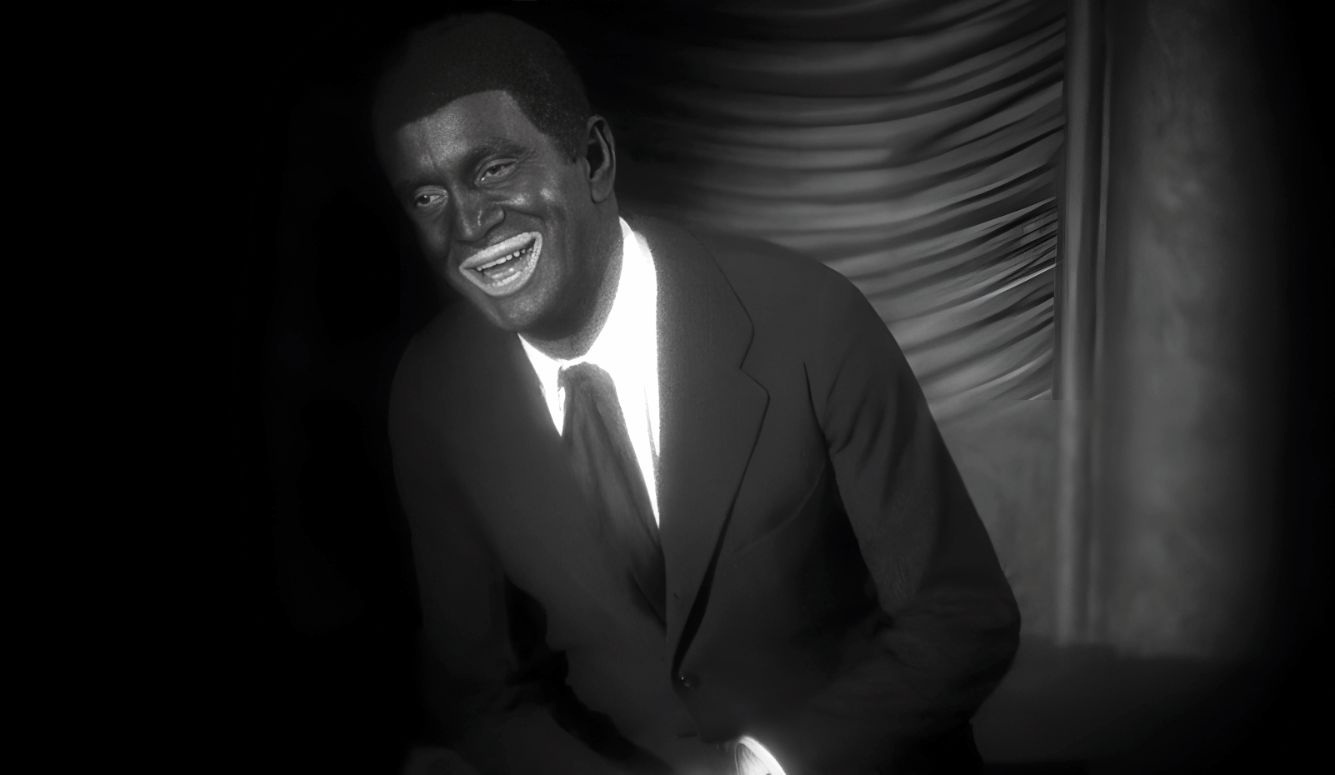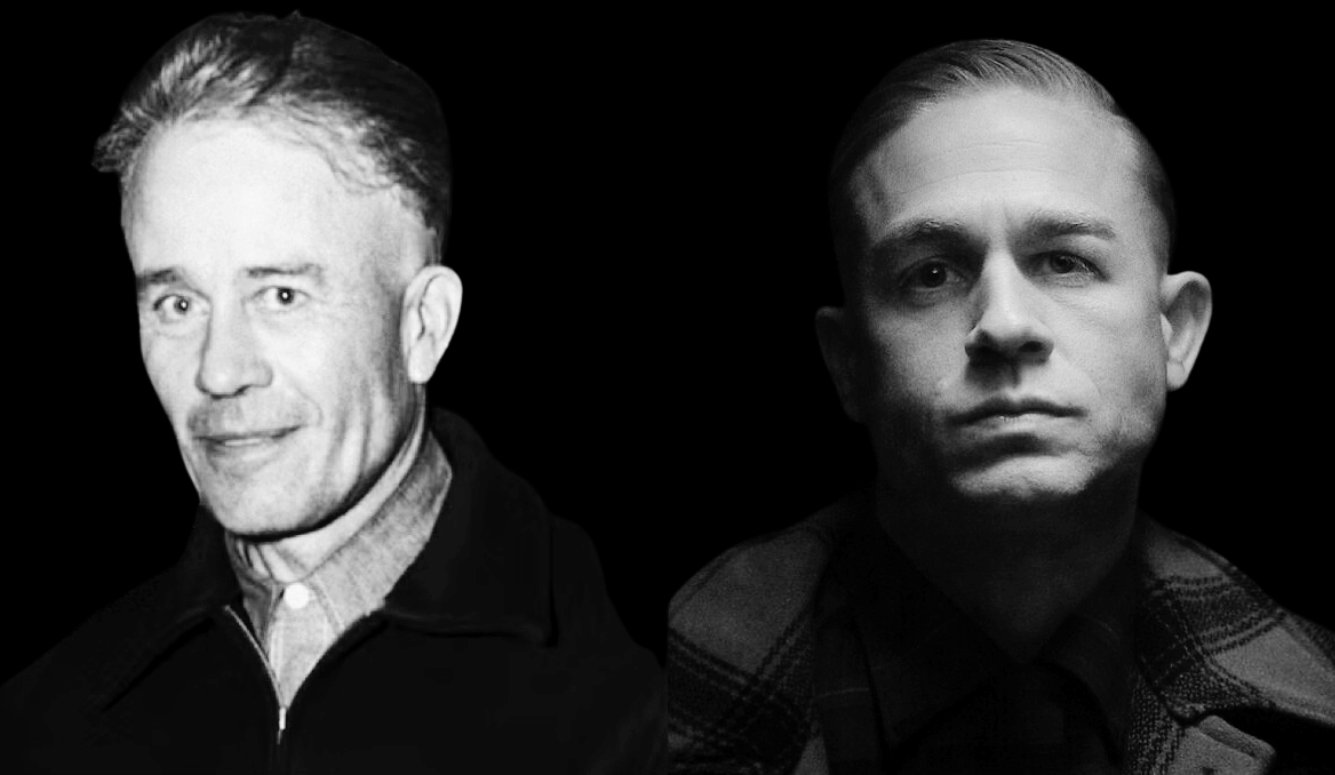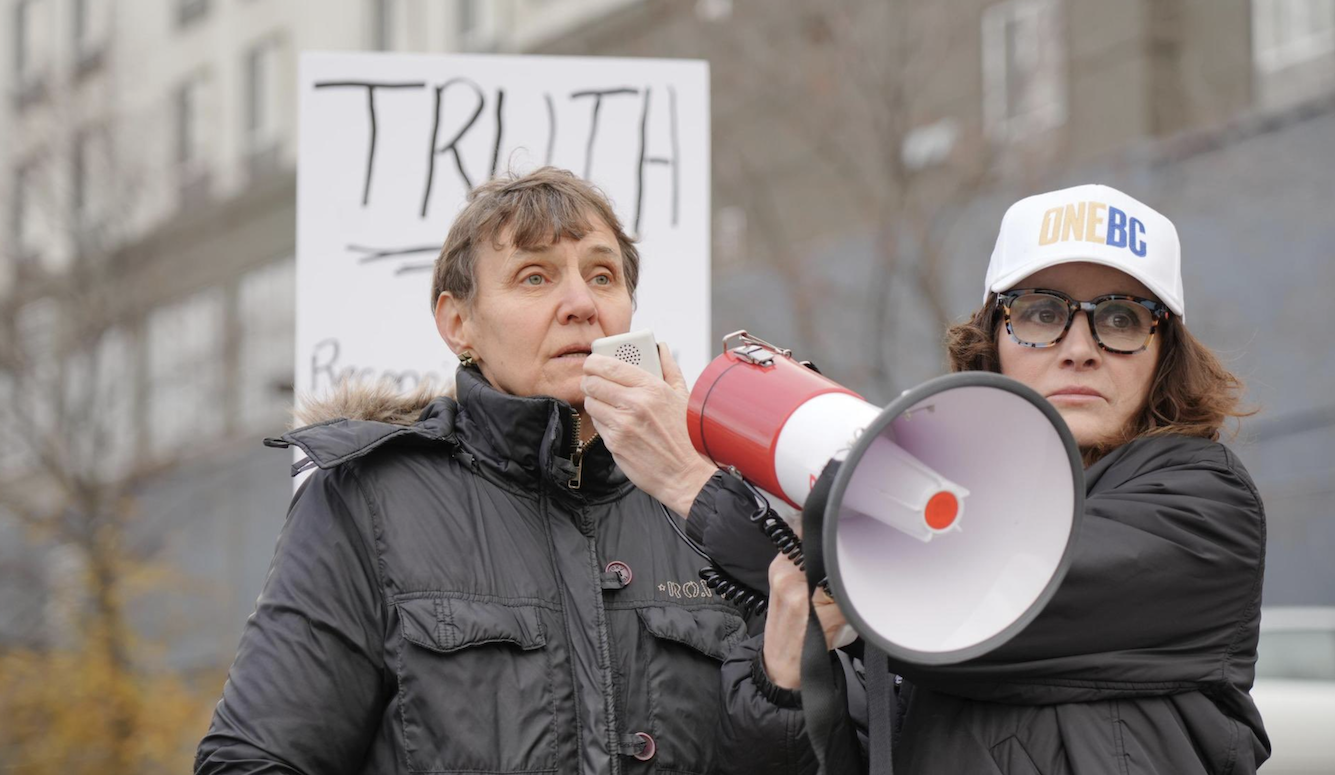Art and Culture
Mammy Dearest
Richard Bernstein’s new book about Al Jolson and ‘The Jazz Singer’ offers a thoughtful reconsideration of an unfairly reviled cultural landmark.

A review of Only in America: Al Jolson and The Jazz Singer by Richard Bernstein, 252 pages (Alfred A. Knopf, 2024)
Shortly after sunset on the evening of 6 October 1927, 1,400 people converged on the Warner theatre in Manhattan to watch history being made. At first, the motion picture being projected seemed fairly ordinary—a run-of-the-mill family melodrama, performed in silent pantomime, just like every other feature film before it. All that changed fourteen minutes into the show when the protagonist suddenly burst into song. The lyrics were not carried in title cards but by a merry, fluting tenor audible to everyone in attendance. “Wait a minute, wait a minute,” he chirped when the song was done. “You ain’t heard nothin’ yet.”
That line was delivered in character, but it could also have been addressed directly to the audience, who immediately began hooting and cheering. “It was one of those once-in-a-lifetime experiences,” the film director Frank Capra recalled. “A vision ... a voice that came out of a shadow.” By the time the film was over, the crowd were cheering and stamping their feet until the star walked down the aisle to bask in their applause. Film producer Walter Wanger ran to the phone to call his boss Jesse Lasky in California. “Jesse,” he cried, “this is a revolution!” The era of talking pictures had arrived.
The film shown that night was, of course, The Jazz Singer, and its star was the great vaudeville performer Al Jolson. For decades, filmmakers had tried (and failed) to make movies talk. The stumbling block was synchronisation. Even Thomas Edison, inventor of the phonograph and the motion-picture camera, couldn’t get his gizmos to harmonise for more than a few minutes at a time.





